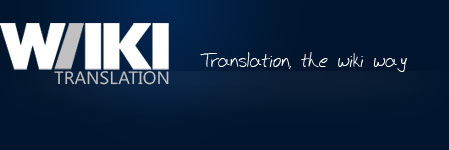Both "better" and "needs improvement"???
I'm having some problems with understanding the notion of how Tiki tracks better/worse translation sets. Referencing this page:
http://twbasics.keycontent.org/tiki-index.php?page=TikiWiki%20for%20Smarties
What I did:
Notice that the DE and PT pages have the "content out of date" notice, as expected.
How, then, can DE be a better version of anything?
http://twbasics.keycontent.org/tiki-index.php?page=TikiWiki%20for%20Smarties
- How/why is the German version listed as both better and needs improvement?
What I did:
- The EN page was updated with the "urgent" option selected.
- Updated the ES page as a COMPLETE translation.
- Updated the DE page as a PARTIAL translation.
Notice that the DE and PT pages have the "content out of date" notice, as expected.
How, then, can DE be a better version of anything?

